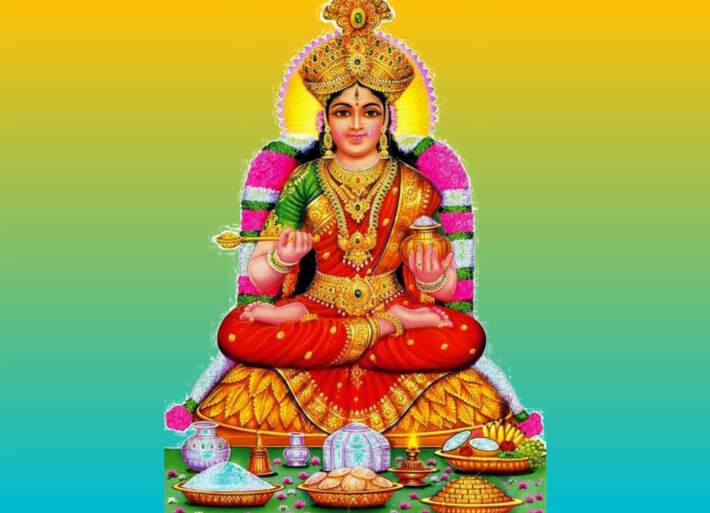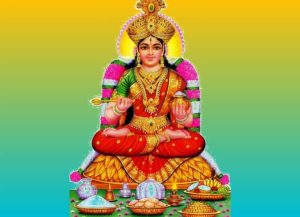Goddess Annapurna: The Provider of Nourishment and Fulfillment

Goddess Annapurna is a revered deity in the Hindu religion, known for her role as the provider of nourishment and fulfillment. She is believed to be the goddess of food, and her name literally translates to “one who provides food.” The worship of Annapurna is considered to be a vital aspect of Hinduism, as it emphasizes the importance of nourishment and sustenance in one’s life.

The worship of Goddess Annapurna is primarily focused on the importance of food and its significance in our lives. It is believed that by worshiping Annapurna, one can attain both physical and spiritual nourishment. She is considered to be the source of all nourishment and abundance in the world.
One of the most popular ways to worship Goddess Annapurna is through the offering of food. Devotees often prepare elaborate meals as offerings to the goddess, which are then distributed to the needy and hungry. This act of giving is considered to be a form of worship, as it reflects the idea of sharing and caring for others.
Another important aspect of the worship of Annapurna is the practice of fasting. Devotees often observe fasts on certain days in honor of the goddess. This is done as a way to purify the body and mind and to show devotion to the goddess. Fasting is also seen as a way to develop self-discipline and to understand the importance of food and its role in our lives.
The worship of Goddess Annapurna is also associated with the idea of fulfillment. It is believed that by worshiping the goddess, one can attain fulfillment in all aspects of life. This includes not just physical nourishment, but also spiritual and emotional fulfillment. The goddess is seen as a symbol of abundance and prosperity, and her worship is believed to bring blessings and good fortune.
In Hindu mythology, the story of Goddess Annapurna is often associated with Lord Shiva. According to legend, Shiva once went into a state of deep meditation, and during this time, the world was plunged into darkness and famine. It is said that the goddess Annapurna then appeared to Shiva and provided him with food, which helped to nourish and sustain him during his meditation. This act of generosity is seen as the embodiment of the goddess’s role as the provider of nourishment.
The worship of Goddess Annapurna is celebrated in various parts of India, particularly in the states of Uttar Pradesh, Bihar, and Rajasthan. One of the most famous temples dedicated to the goddess is the Annapurna Temple in Varanasi, which is believed to be one of the oldest temples in the city. The temple is visited by thousands of devotees each year, who come to seek the blessings of the goddess and to offer their prayers and offerings.
In conclusion, the worship of Goddess Annapurna is an important aspect of Hinduism, emphasizing the importance of nourishment and fulfillment in one’s life. The goddess is seen as the provider of all nourishment and abundance in the world, and her worship is believed to bring blessings and good fortune. The act of offering food to the goddess and sharing it with others is considered to be a form of worship, reflecting the importance of giving and caring for others. The worship of Goddess Annapurna is a celebration of the abundance and prosperity that can be found in our lives, and it serves as a reminder of the importance of gratitude, generosity, and self-discipline.





